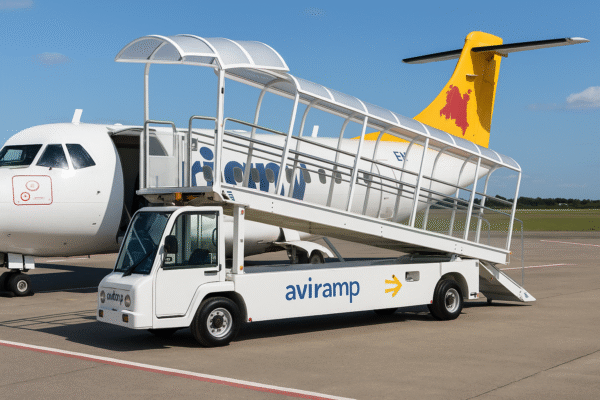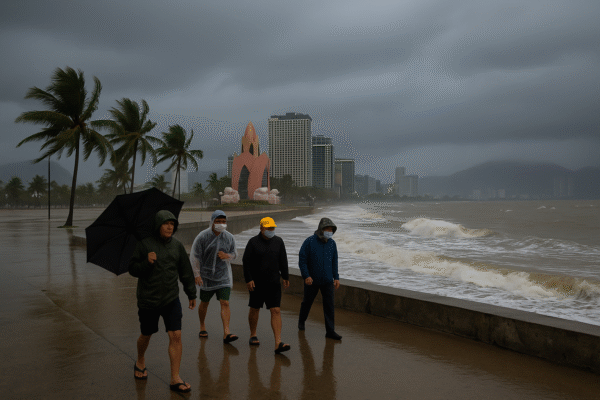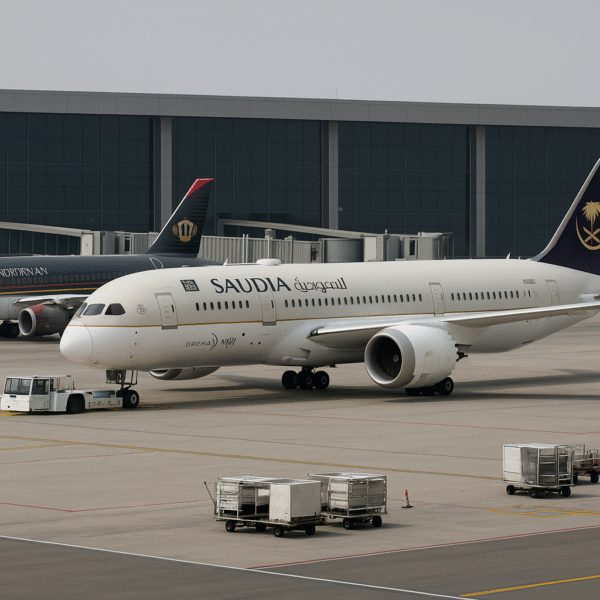As travelers gear up for trips across the sun-drenched landscapes and cultural wonders of the Middle East, recent aviation disruptions have underscored the need for caution and flexibility. Saudia and Royal Jordanian—two key carriers for regional tourism—have announced multiple flight cancellations and delays affecting critical routes spanning Saudi Arabia, Jordan, Greece, Turkey, and beyond. Here’s what you need to know, plus some proactive travel advice for planning your journey with confidence.
Scope of Disruptions
On August 21, 2025, Travel and Tour World reported that Saudia had cancelled five flights and delayed 32 others, with routes connecting major hubs like Jeddah, Riyadh, Istanbul, Athens, and more affected by a mix of operational issues and adverse weather conditions. Meanwhile, Royal Jordanian flagged three cancellations alongside two flight delays, with routes such as Amman–Athens and Istanbul–Amman disrupted
Travelers were left stranded across major airports—Jeddah, Riyadh, Dhahran, Amman, Istanbul, and Athens—as both Gulf and Mediterranean-bound flights were disrupted en masse.
Tourism Impact Across the Region
These disruptions arrive at a pivotal moment in the tourism calendar. Peak summer travel season is in full swing, drawing visitors to the opulent cityscapes of Riyadh, the historic souks of Amman, the architectural marvels of Athens, and the crosscontinental crossroads of Istanbul. Tour operators note early-stage concerns, but tourism in Egypt and northwest Jordan—particularly iconic destinations like Wadi Rum and Petra—remains resilient.
Jobbing travelers, especially those on short itineraries or with onward international connections, are facing delays, stress, and logistical headaches. For many, the cancellations are more than a minor inconvenience—they threaten entire vacation plans or business commitments.
Why Are Flights Being Disrupted?
Airline statements point to operational hurdles and inclement weather. Unfavorable conditions may include thunderstorms or airport capacity constraints that lead to cascading delays.
Beyond weather, the region has recently endured airspace closures and geopolitical tensions earlier in the year—primarily due to the Israel–Iran conflict—which led to temporary shutdowns among Iran, Iraq, Jordan, and neighboring territories. Though those restrictions eased by July, the aviation ecosystem remains vulnerable to sudden operational pressures.
Tips for Travelers: Staying Ahead of Disruptions
- Track Flight Status Closely
Use official airline apps or platforms like Adani OneApp or FlightAware to monitor real-time updates and cancellations before heading to the airport . - Reach Out to Airlines
Contact Saudia or Royal Jordanian for rebooking, refunds, or accommodation support. In many cases, travelers may be eligible for compensation under local passenger rights frameworks. - Flexible Travel Insurance
Opt for insurance policies that cover delays, cancellations, and last-minute accommodation. Flexibility is paramount in volatile periods. - Explore Alternative Carriers & Routes
With Gulf carriers disrupted, consider alternatives such as Turkish Airlines, EgyptAir, or Emirates for access to Istanbul, Cairo, or Dubai—especially if rebooking options are limited - Be Mindful of Regional Conditions
Keep an eye on regional advisories. While airspace closures triggered by regional conflicts have largely lifted, lingering vulnerabilities—like weather-related intermittencies—can still impact flights
Final Word: Navigating Turbulence with Flexibility
While recent disruptions by Saudia and Royal Jordanian have caused ripple effects for tourism, the region’s broader appeal remains intact. Destinations like Egypt and Jordan continue to draw strong bookings for later in 2025 and into 2026
Travelers can still enjoy the region’s breathtaking beauty—but only with smart planning, regular flight tracking, and elasticity in their travel schedules. With patience, preparation, and an informed approach, your Middle East journey can stay on course.














